There are some species of cetacean that are more difficult to study than others. The minke whale, for example, is a small, uncommon and normally solitary rorqual that lives in the eastern North Pacific. As a result of their size, abundance and behaviour, minkes are difficult to find and once observed, they often make a long dive and are not seen again. Not surprisingly, little is known of their natural history.
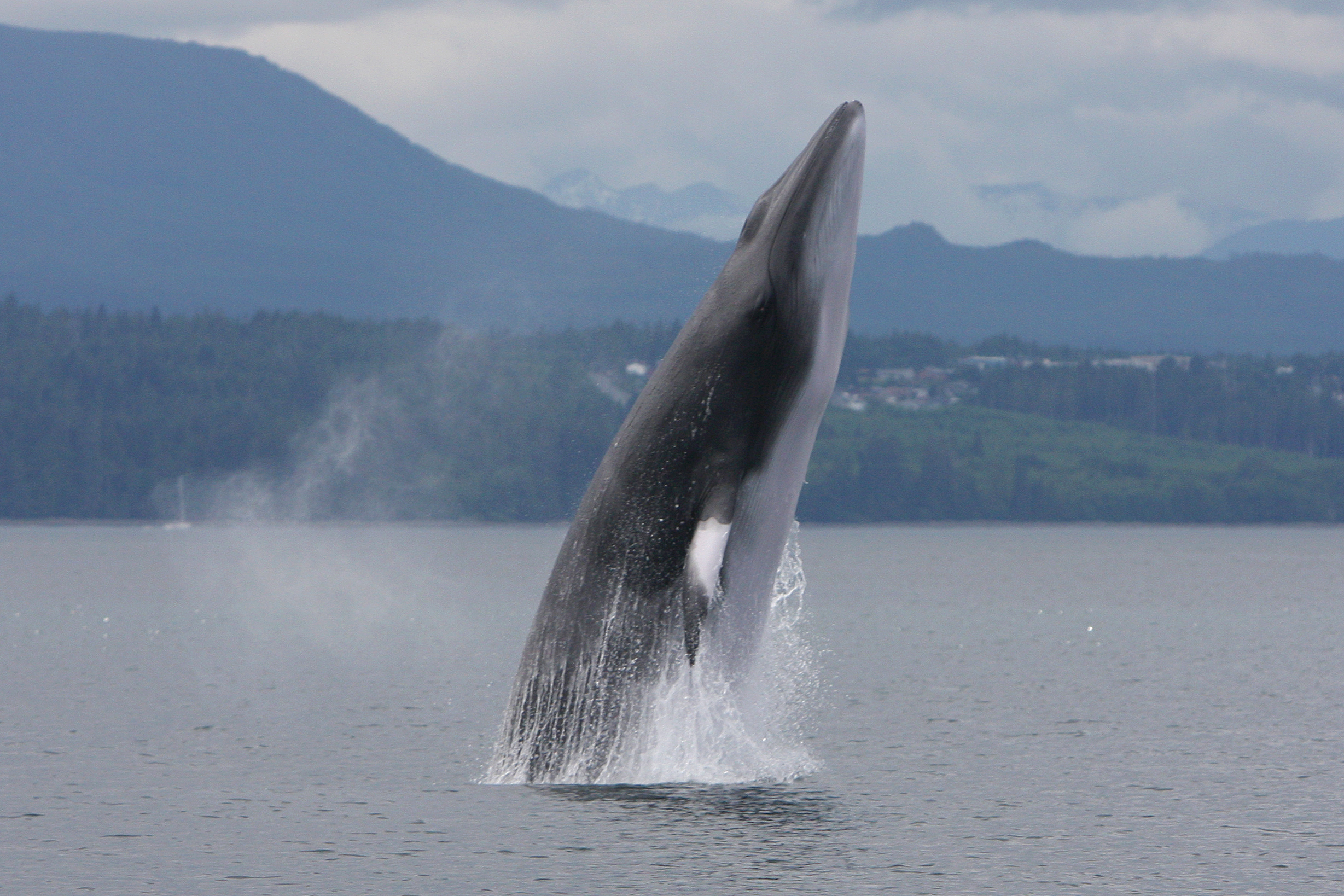
To learn more about this cryptic species, we at MERS undertook a photo-identification study of minke whales beginning in 2005. With some help from many colleagues up and down the coast we accumulated 405 encounters with minkes in Washington and British Columbia by 2012. The data we gathered included 6,990 identification photos. Over the first few years of the study a few things quickly became apparent when analyzing the images.
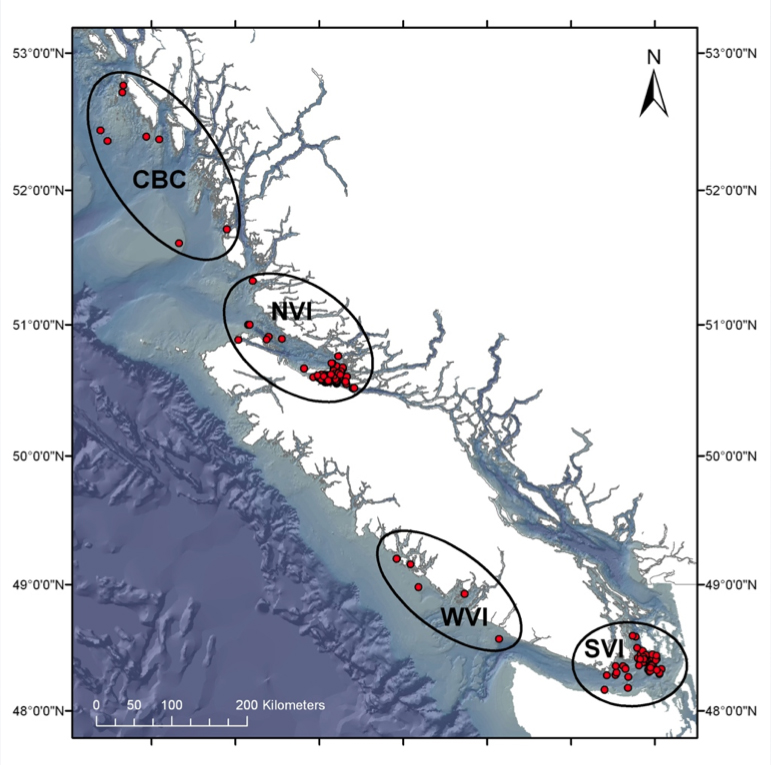
First, encounters with minke whales occurred predominantly between spring and autumn. Despite our best efforts searching for minke whales in all the places that we found them during summer, we did not see any of these whales during the winter.
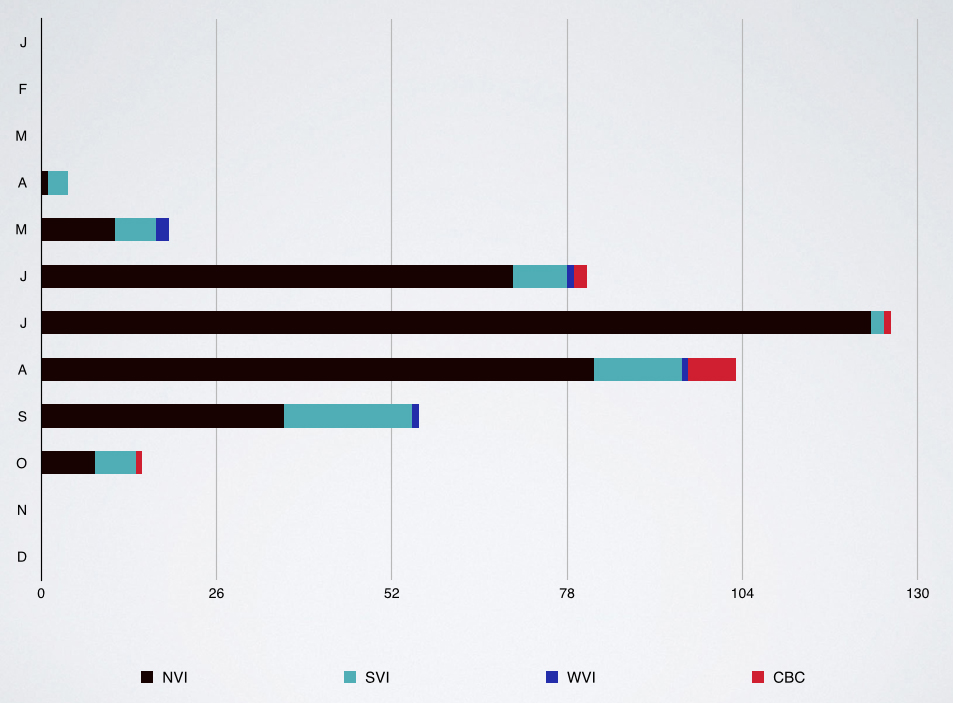
Secondly, known individual minke whales could often be found in the same areas within and among years. These animals would spend long periods of time during summer in very localized regions of the coast. After an absence during winter they would return to the same regions the following year. Some animals were so predictable that we could often correctly guess where we would find them on certain days.
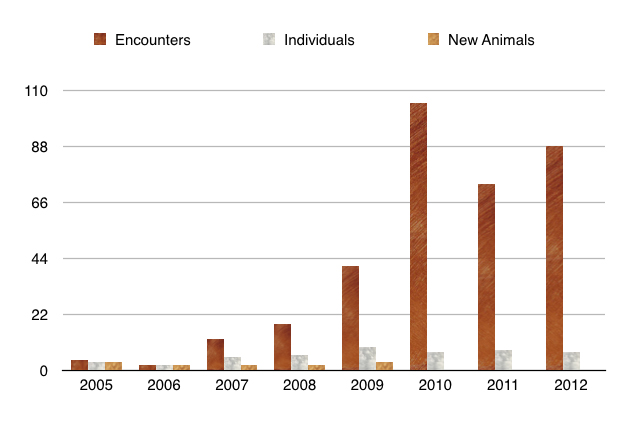
Third, some of these very predictable animals showed up in other parts of the coast hundreds of kilometres to the south during spring or autumn. These relatively long-range intra-annual movements (up to 424 kilometres between encounter locations) are the furthest documented for this species in the Pacific Ocean! The patterns of these movements indicate not only that the minke whales we photo-identified have different seasonally preferred foraging ranges but also that they undertake seasonally-based long distance travels.
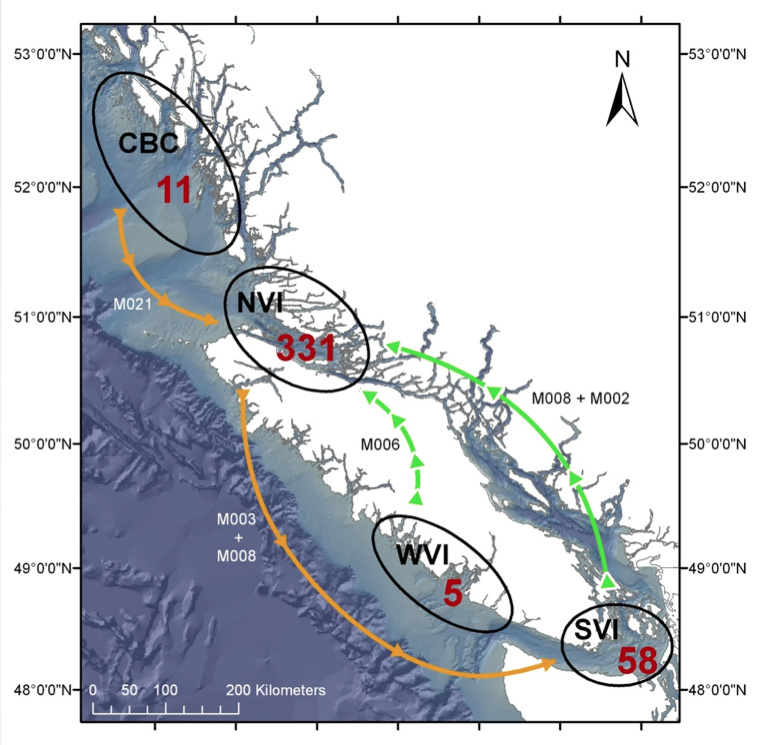
It is generally assumed that minke whales in the North Pacific migrate to higher latitudes in the spring to feed in cold waters during the summer and to lower latitudes in the autumn to breed in warm waters during the winter. However, several authorities refer to minke whales in coastal waters of the eastern North Pacific as resident or behaviourally distinct from migratory populations. Instead, based on the temporal distribution and movement data we collected from minke whales in these waters it can be inferred that they do indeed migrate.
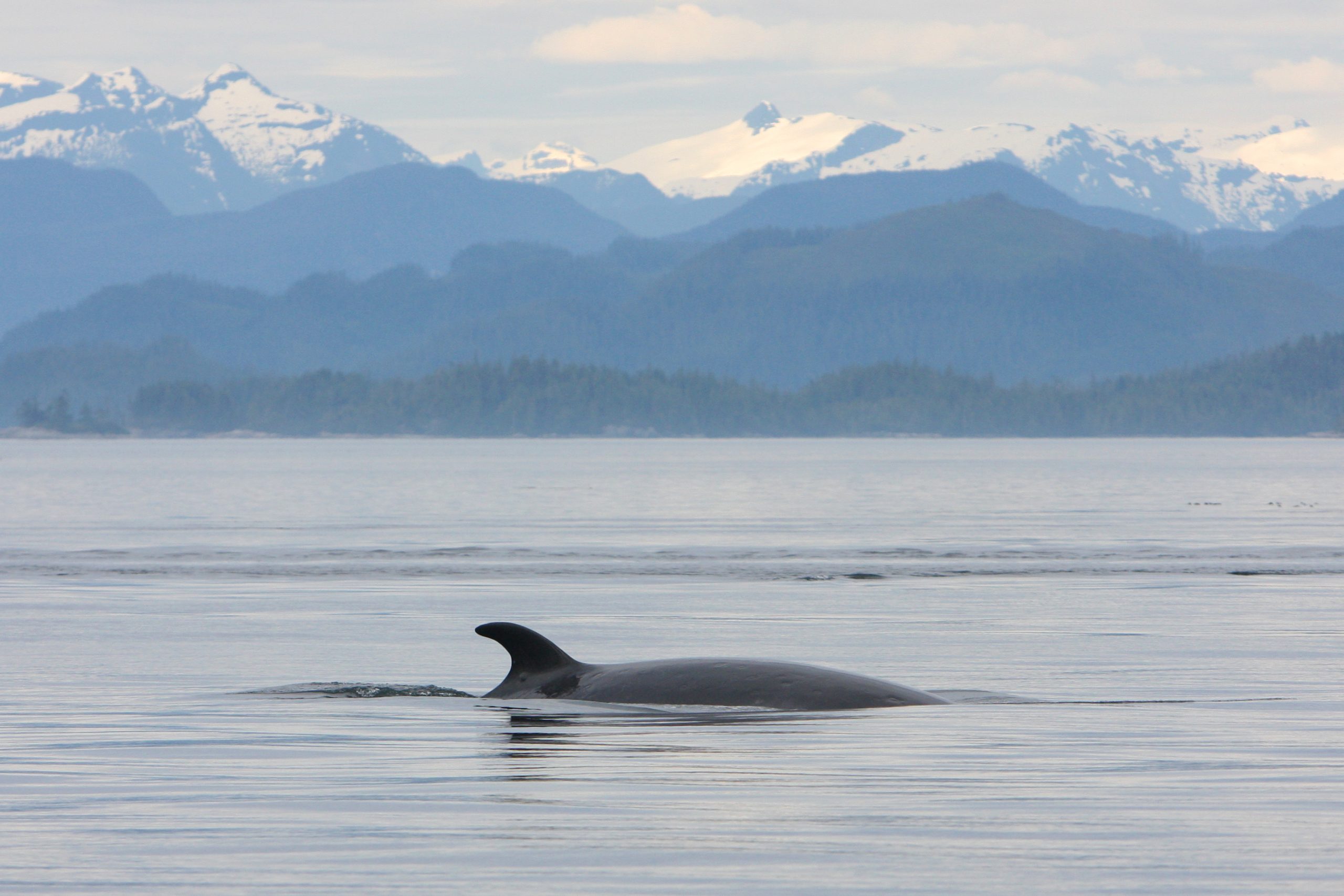
To find out more about the movements of minke whales in our coastal waters and other evidence that reveals where these animals may migrate to during winter check out our research recently published online in the Journal of Cetacean Research and Management.


